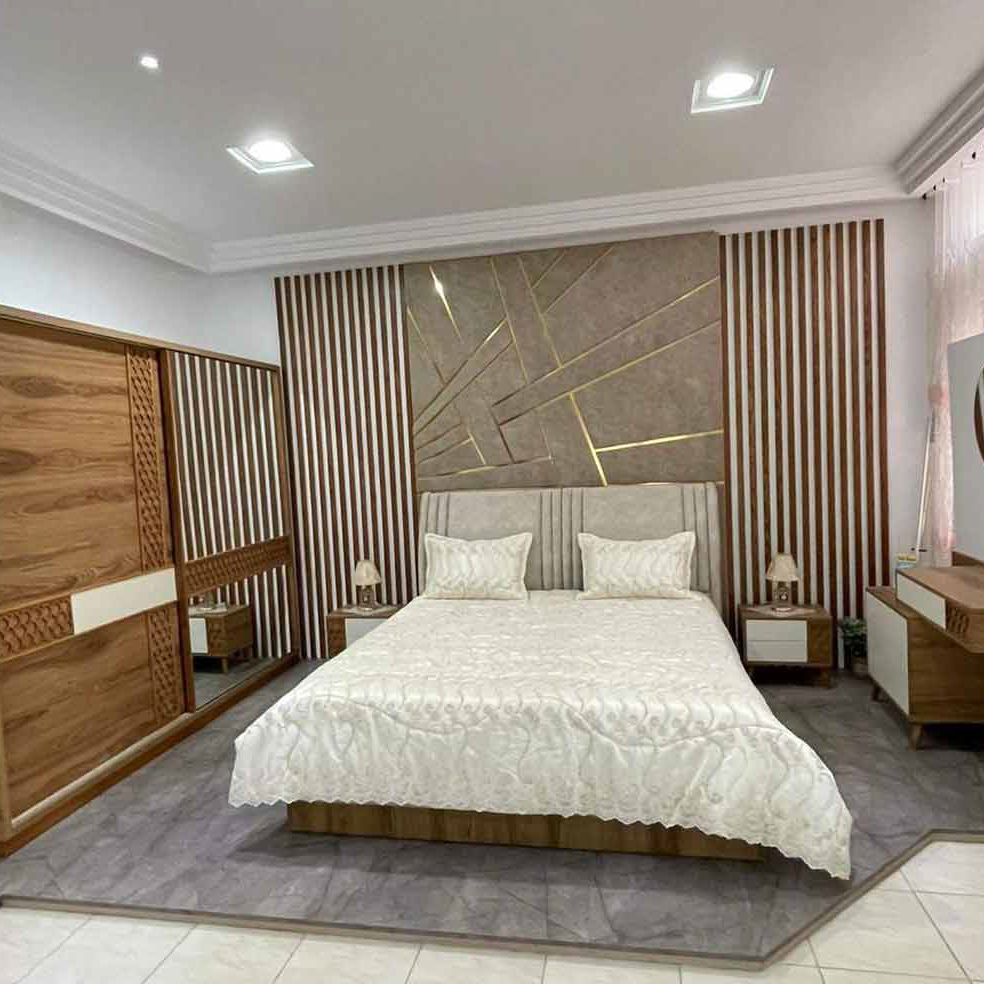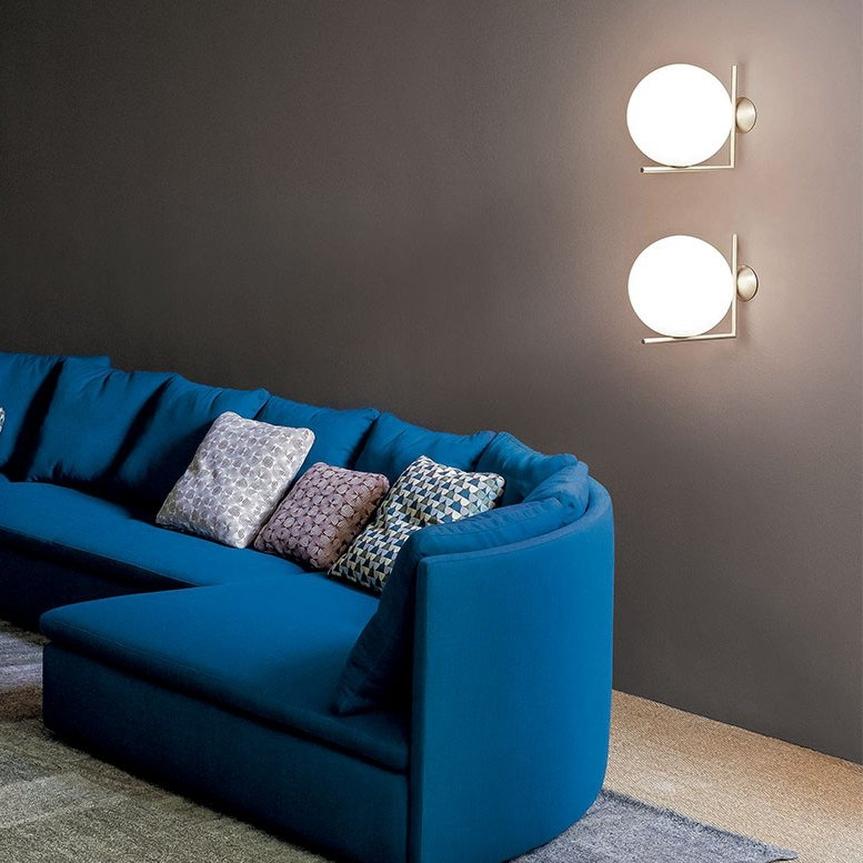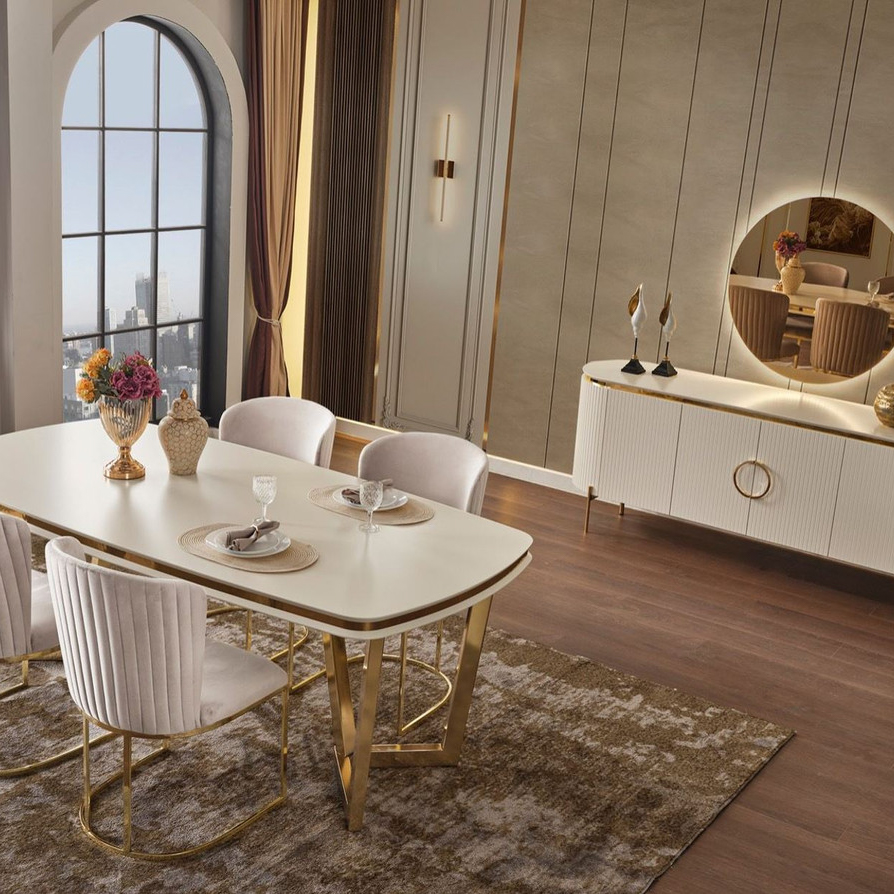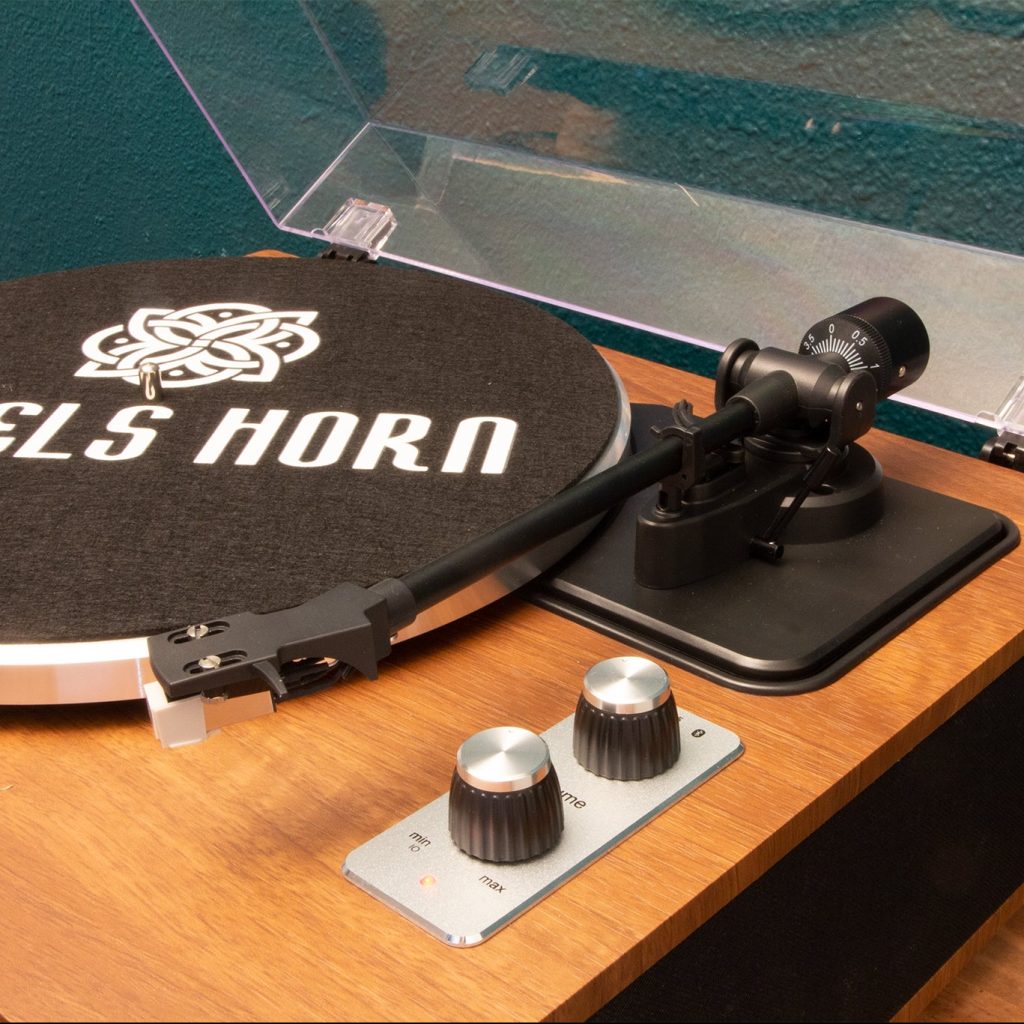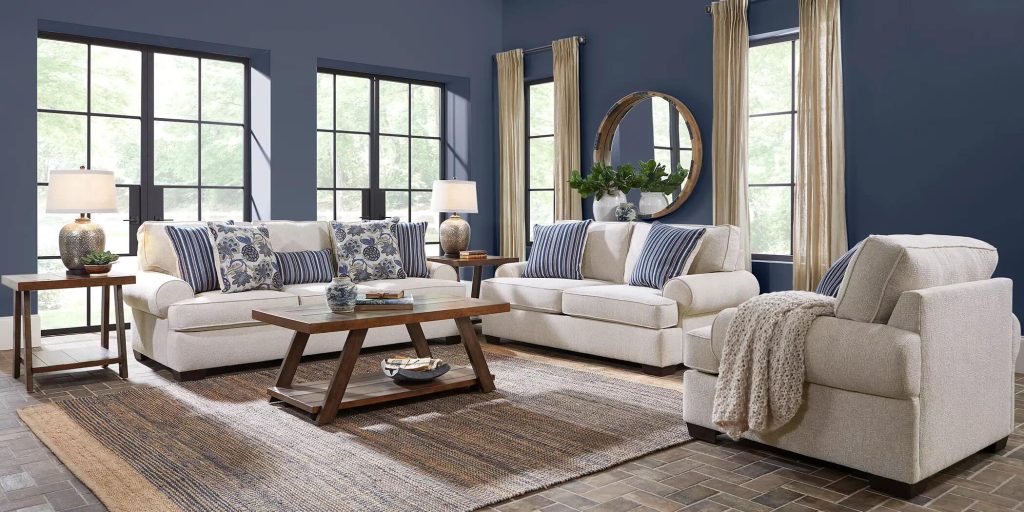Lighting is one of the most powerful tools we have in creating a space. It can reveal hidden corners, highlight design details and add a sense of purpose to any room. But when it comes to layering the right type and quantity of light, understanding how to best illuminate each area is crucial for a beautiful, functional result. Adding wall sconces is a simple way to achieve the perfect mix of illumination for your space and can bring a fresh, designer look to your home.
Traditionally used to hold candles and torches, wall sconces are now available in an array of practical styles, designs and finishes to suit any taste or purpose. They are a popular choice among designers and homeowners for several reasons, including their versatility, cost-effectiveness, design flexibility and intimate feel.
While sconces can work as a form of task or reading lighting, they are most often used for accent lighting and illuminating artwork or architectural features. They can also be a stylish way to highlight staircases or entryways while adding a classic, timeless touch.
Because they are so versatile, they can be incorporated in almost any space of the house. Here are a few of our favorite places where sconces can make a big difference:
Bedrooms
Sconces can be a lovely way to highlight a headboard or other focal point without overwhelming the space with too much brightness. They can also be a great alternative to bedside tables and free-standing lamps, which can sometimes be bulky and take up too much floor or table space.
Staircases
Many staircases are poorly lit, making them a tripping hazard and an eyesore. Installing sconces at the bottom and top of stairs can evenly distribute light throughout this space and create a welcoming, warm atmosphere for guests.
Living Rooms
Whether you have an eclectic and layered design or are aiming for a more modern look, sconces can be used to elevate the style of any room. The shape of the sconce, its material and finish can have an enormous impact on how it looks in the space. The positioning of the sconces, however, is equally important and can dramatically alter how it feels to be in the room.
For example, sconces with an open back that lets the light flow through them can be more contemporary and less formal than ones with a solid back. The design of the sconce can also have an effect on how it blends with your existing decor. Choose a finish that will coordinate with your existing furniture and home decor for an integrated look.
If you are installing a hard-wired sconce, you will need to hire a licensed electrician to do the job. This will be a factor in the final cost of your project as well as your timeline.
If you prefer a more subtle, easy to install option, consider a picture light. These are sconces with a shade that help diffuse the light and come in a variety of colors and finishes. Yufe says she frequently uses this style of fixture in her interior-design work, including incorporating them into the gallery walls of her clients’ homes. She recently used a set of these picture lights in hand-rubbed antique brass (that’s also available in other options) to brighten a client’s art collection.

